 Weightlifting and resistance training are often associated with the “gym bro” or “jock” stereotype, as if the benefits only apply to people chasing new personal records or aesthetic goals. Because of that mindset, some might find it surprising to see an older adult in the weight room. If not to build muscle or break performance barriers, what’s the point? Wouldn’t it be dangerous for someone in their 50s, 60s, or beyond to lift weights? Surely nothing good could come from someone “older” picking up heavy objects regularly, right?
Weightlifting and resistance training are often associated with the “gym bro” or “jock” stereotype, as if the benefits only apply to people chasing new personal records or aesthetic goals. Because of that mindset, some might find it surprising to see an older adult in the weight room. If not to build muscle or break performance barriers, what’s the point? Wouldn’t it be dangerous for someone in their 50s, 60s, or beyond to lift weights? Surely nothing good could come from someone “older” picking up heavy objects regularly, right?
Well readers, it’s time to rethink that line of thought! For aging adults, resistance training offers tremendous benefits that go far beyond bigger muscles or smaller numbers on the scale. Here are a few reasons why lifting weights can be one of the best things you do for your long-term health.
Lifting Weights Builds Balance and Stability
According to the CDC, roughly 14 million older adults in the U.S. experience a fall each year—that’s about one in four adults over 65. Even more concerning, around 40,000 of those falls result in death. The good news? Many of these accidents are preventable.
A consistent strength training routine helps build the muscle needed to improve balance, coordination, and mobility. Stronger legs, hips, and core muscles stabilize your body and reduce your risk of falling in the first place. And if you do lose your balance, those same muscles can help you recover faster and minimize injury. With that confidence, you can move more freely and enjoy an active lifestyle without the constant fear of taking a tumble.
Strength Training Supports Independence
My grandmother has never been a fan of exercise. Because of that, she’s had to make some big adjustments as she’s gotten older. She struggles with walking and now has a live-in nurse to help her with daily activities. When she does get around, she uses a walker that she absolutely despises.
After some convincing, I finally got her to start doing simple upper-body exercises with resistance bands. She’s not thrilled about the soreness, but she can’t stop talking about how much lighter and easier her arms feel when she moves. As happy as I am to see her progress, I can’t help but think how much more freedom she might have if she had started sooner.
Let her story serve as a lesson: staying consistent with strength training helps preserve your independence. By maintaining muscle strength and joint stability, you’ll be better equipped to handle everyday tasks—like carrying groceries, getting up from a chair, or going for a walk—on your own terms.
If You Don’t Use It, You’ll Lose It
Here’s a fitness term worth knowing: sarcopenia—the gradual loss of muscle mass that occurs naturally as we age. It typically begins around age 60 but can start earlier in those who are physically inactive. Sarcopenia can lead to weakness, fatigue, and an increased risk of falls or injury. In some cases, it’s paired with obesity (known as sarcopenic obesity), which combines the challenges of excess body weight and muscle loss.
The good news is that this process isn’t inevitable. Regular resistance training can slow down or even reverse age-related muscle loss. By strengthening your muscles, you’re not just improving your physical appearance—you’re protecting your mobility, balance, and quality of life.
Start Your Strength Journey Today
It’s never too late to start building strength. Whether you’re new to fitness or returning after a break, even small steps make a big difference. Stop by the fitness center desk today for your free workout program and learn how you can safely begin your journey toward a stronger, more confident you—at any age.

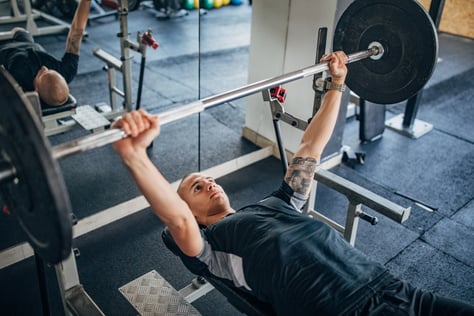 In
In 
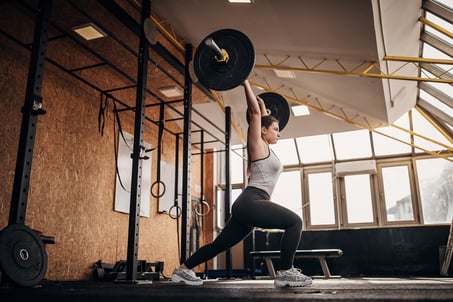 The first thought that comes into most people’s heads when they hear the word weightlifting is, more times than not, “bulky.” The perception is that heavy weightlifting will cause an undesired large gain of muscle mass. This is true; weightlifting will cause you to put on muscle mass, but it will take a lot more than just lifting weights to be “bulky.” Please do not let your goals steer you away from certain exercises.
The first thought that comes into most people’s heads when they hear the word weightlifting is, more times than not, “bulky.” The perception is that heavy weightlifting will cause an undesired large gain of muscle mass. This is true; weightlifting will cause you to put on muscle mass, but it will take a lot more than just lifting weights to be “bulky.” Please do not let your goals steer you away from certain exercises.
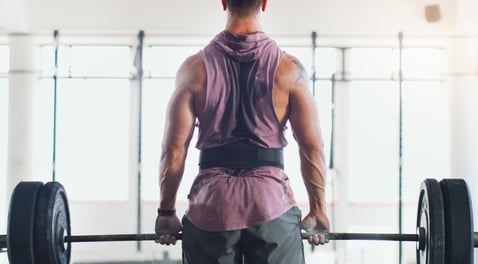 If you are like most people who enjoy lifting weights, you probably have worn a
If you are like most people who enjoy lifting weights, you probably have worn a 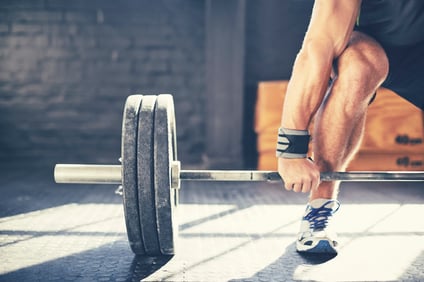 With the sport of powerlifting taking off in the last couple of years, more and more people are taking up the sport as a hobby and to improve their overall fitness levels. Training to improve strength in the squat, bench, and deadlift is a great way to improve total body strength and improve body composition.
With the sport of powerlifting taking off in the last couple of years, more and more people are taking up the sport as a hobby and to improve their overall fitness levels. Training to improve strength in the squat, bench, and deadlift is a great way to improve total body strength and improve body composition. 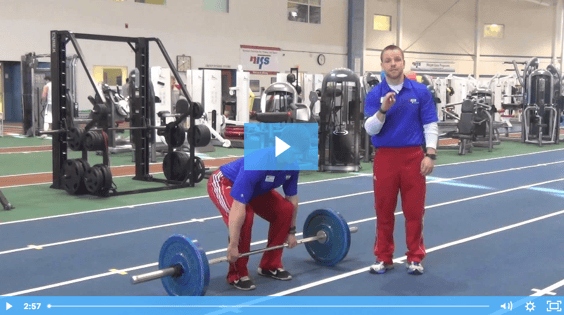
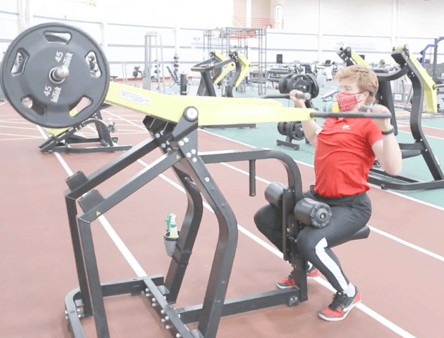 The traditional bodybuilding split of working one muscle group per day might work for the dedicated, high-level competitive bodybuilder who makes their living in the gym. But for the general population only looking to shed some unwanted pounds and improve their overall health, the traditional bodybuilding split is not ideal. Working multiple muscle groups in the same session is much more ideal because it ramps up the body’s metabolism more than working a single muscle group each day. To achieve this, we train the movement, not the muscles.
The traditional bodybuilding split of working one muscle group per day might work for the dedicated, high-level competitive bodybuilder who makes their living in the gym. But for the general population only looking to shed some unwanted pounds and improve their overall health, the traditional bodybuilding split is not ideal. Working multiple muscle groups in the same session is much more ideal because it ramps up the body’s metabolism more than working a single muscle group each day. To achieve this, we train the movement, not the muscles.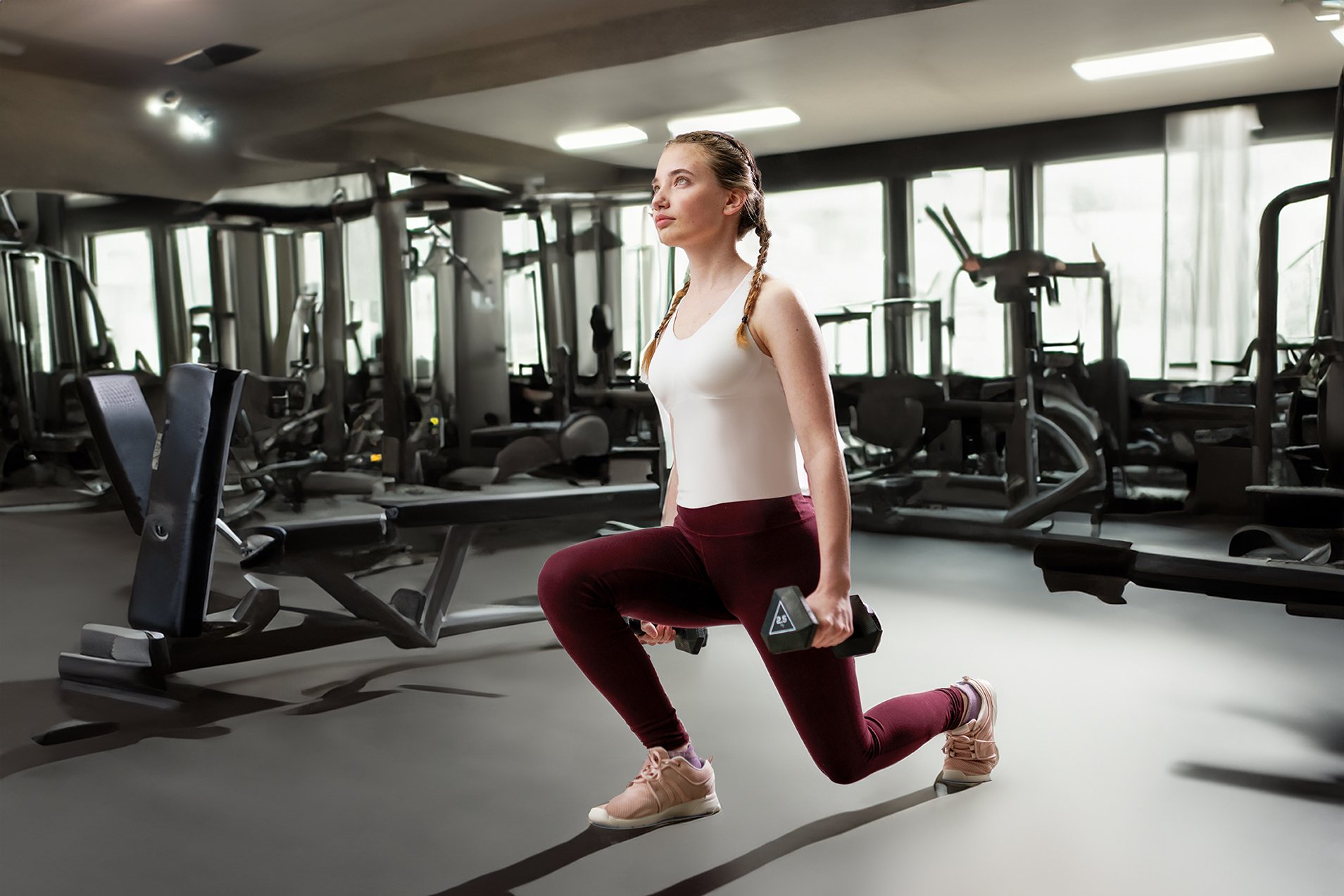
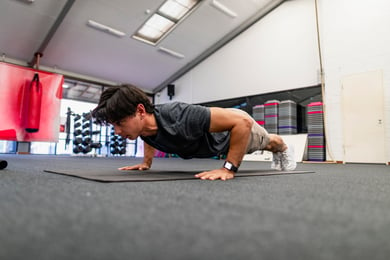
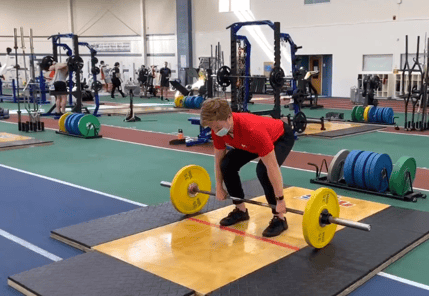 If you are like me, with a busy, on-the-go lifestyle, you probably don't have more than an hour to get inside the gym and train. Lucky for you, that’s okay!
If you are like me, with a busy, on-the-go lifestyle, you probably don't have more than an hour to get inside the gym and train. Lucky for you, that’s okay! 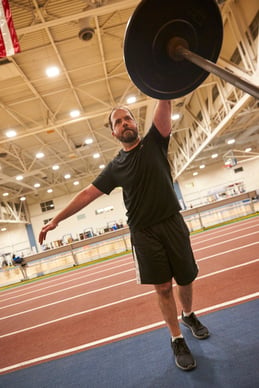 In my experience over the years working with folks from all walks of life to help improve their strength, mobility, performance, and overall fitness I have found that so many suffer from immobility in two major joints: the ankle and the shoulder, which is the focus of this piece. Lifestyle, occupation, inactivity, and overtraining are all culprits robbing so many of healthy range of motion in the shoulder and shoulder girdle.
In my experience over the years working with folks from all walks of life to help improve their strength, mobility, performance, and overall fitness I have found that so many suffer from immobility in two major joints: the ankle and the shoulder, which is the focus of this piece. Lifestyle, occupation, inactivity, and overtraining are all culprits robbing so many of healthy range of motion in the shoulder and shoulder girdle. 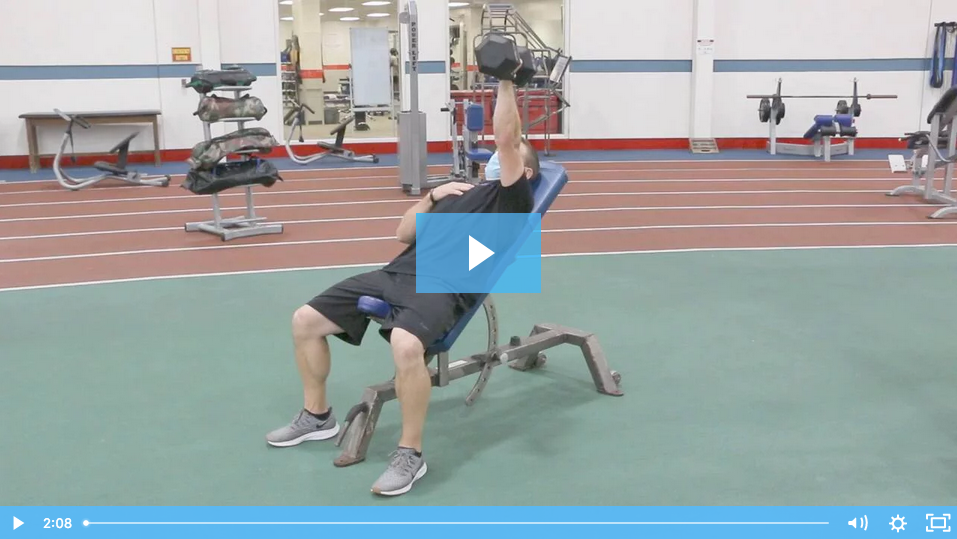
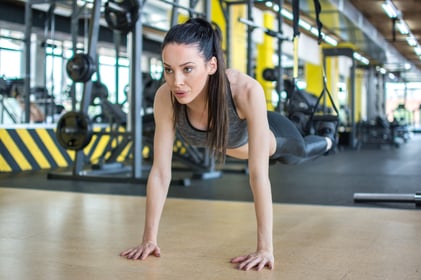 The uncertainty of the last few months has taken a toll both mentally and physically on everyone. Many people did not have access to gyms and instead did at-home bodyweight workouts or
The uncertainty of the last few months has taken a toll both mentally and physically on everyone. Many people did not have access to gyms and instead did at-home bodyweight workouts or